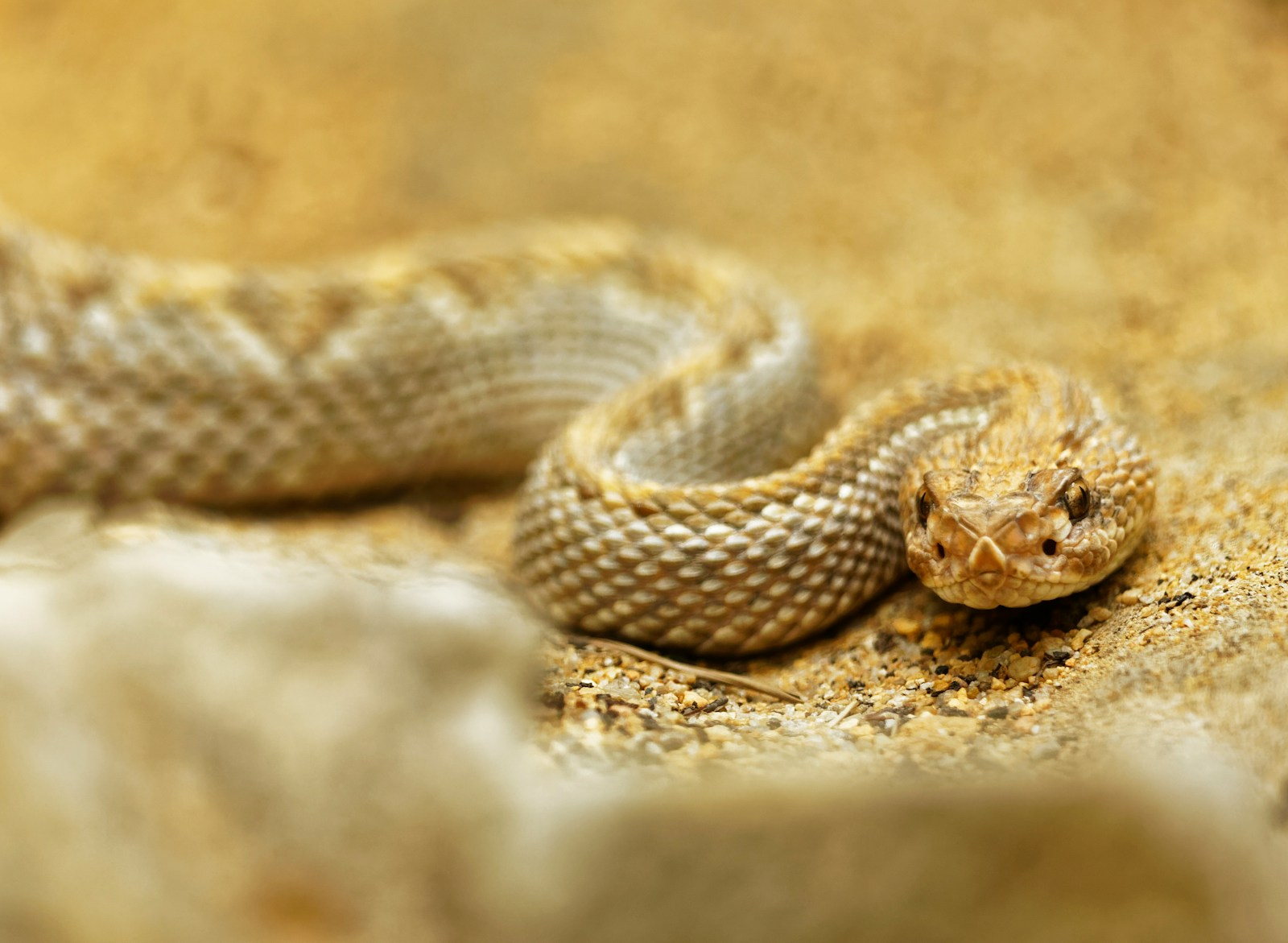When threatened, many non-venomous snakes employ a fascinating defensive mechanism that often goes unnoticed by casual observers: tail vibration. This behavior, which can resemble the warning rattle of venomous rattlesnakes, represents a sophisticated evolutionary adaptation that helps these serpents survive encounters with potential predators. Beyond mere mimicry, tail vibration serves multiple defensive functions and varies significantly across different snake species. This article explores the intricacies of tail vibration defense, its evolutionary origins, and its effectiveness in the wild.
Understanding Tail Vibration as a Defense Mechanism

Tail vibration in non-venomous snakes involves the rapid shaking or quivering of the tail tip when the snake feels threatened. This behavior creates both visual and auditory signals that can deter predators by suggesting danger or venom. Unlike the specialized rattle of rattlesnakes, non-venomous species accomplish this vibration using only their muscular control and physical attributes. When performed against dry leaves or other substrate materials, the vibration can produce a buzzing or rattling sound remarkably similar to that of venomous species. This deceptive warning signal can give potential predators pause, providing the snake with precious moments to escape or prepare additional defensive measures.
Evolutionary Origins of Tail Vibration

The evolution of tail vibration behavior represents a fascinating example of convergent evolution and Batesian mimicry. Scientists believe this behavior evolved independently in multiple snake lineages as an adaptive response to predation pressure. By mimicking the warning signals of dangerous venomous species, harmless snakes gain protection without the metabolic cost of producing actual venom. Fossil evidence suggests this behavior may have evolved even before rattlesnakes developed their specialized rattles, indicating it’s an ancient defensive adaptation. Interestingly, tail vibration appears most common in regions where venomous and non-venomous species coexist, supporting the mimicry hypothesis as an evolutionary driver.
Common Non-Venomous Species That Vibrate Their Tails

Numerous non-venomous snake species across different families employ tail vibration as part of their defensive repertoire. The rat snake family (Colubridae) includes many prominent tail-vibrators, including North American rat snakes, corn snakes, and king snakes. Gopher snakes (Pituophis catenifer) are particularly known for their convincing rattlesnake mimicry, combining tail vibration with body flattening and loud hissing. Many members of the Elaphe genus worldwide also utilize this defense, as do certain water snakes in the Nerodia genus. Bull snakes are especially adept at this mimicry, sometimes mistaken for rattlesnakes even by experienced observers due to their aggressive defensive display that includes vigorous tail vibration against dry vegetation.
The Mechanics of Tail Vibration
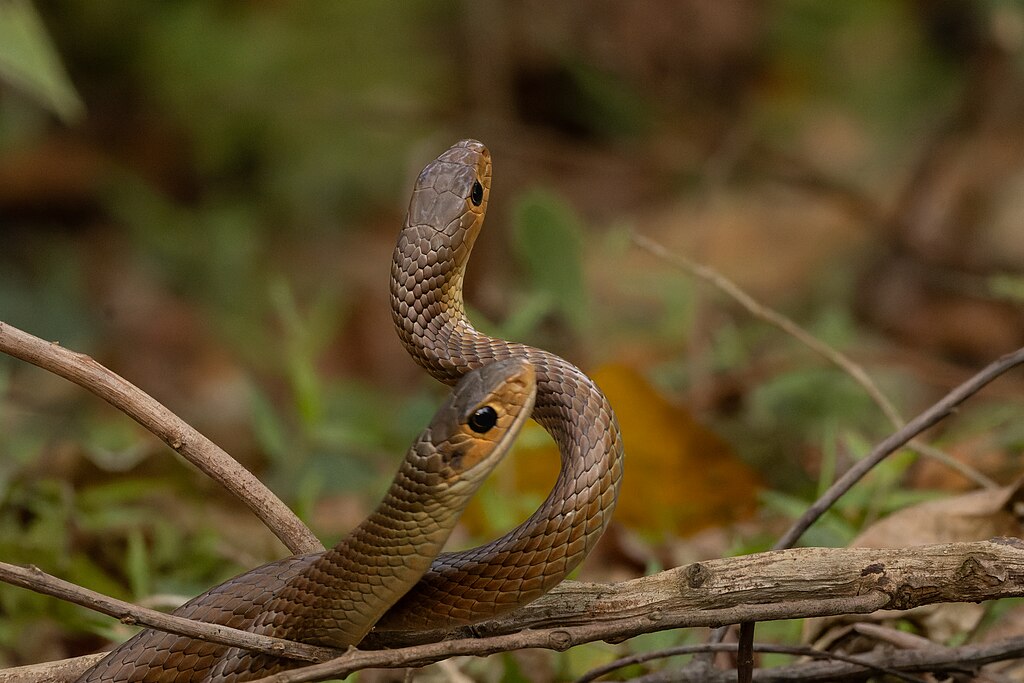
The physiological mechanics behind tail vibration involve complex muscular coordination and neural control. When threatened, snakes contract and relax specialized caudal muscles in rapid succession, creating the characteristic vibration. These contractions can occur at frequencies between 20-90 Hz, depending on the species and the intensity of the perceived threat. Unlike rattlesnakes, which have evolved specialized anatomical structures, non-venomous snakes rely purely on muscular control to achieve this effect. The behavior requires significant energy expenditure, explaining why snakes typically employ it as a last resort after other defensive displays have failed. High-speed video analysis has revealed that some species can sustain these vibrations for several minutes, though the frequency often decreases as the snake tires.
Mimicry of Rattlesnakes: A Deceptive Strategy

Batesian mimicry—where harmless species mimic dangerous ones—plays a crucial role in understanding tail vibration behavior. When non-venomous snakes vibrate their tails against leaf litter or dry vegetation, they create sounds remarkably similar to a rattlesnake’s warning. This mimicry works because many predators have innate or learned aversions to rattlesnake warning signals. The effectiveness of this strategy depends on the predator’s previous experiences with venomous snakes and its ability to discriminate between genuine and mimicked warnings. Research indicates that even experienced predators will often avoid snakes displaying this behavior rather than risk a potentially deadly bite. This caution by predators creates a selective advantage for non-venomous species that can convincingly perform this mimicry.
Environmental Factors Affecting Tail Vibration
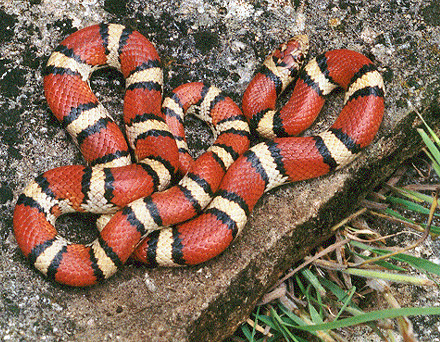
The effectiveness of tail vibration as a defense mechanism is highly dependent on environmental conditions. Snakes vibrating their tails on hard, smooth surfaces produce little sound, making the display primarily visual. However, when performed among dry leaves, grass, or loose substrate, the vibration creates an amplified rattling sound that enhances the defensive effect. Seasonal changes also influence this behavior, with snakes more likely to employ tail vibration during warmer months when they’re more active and encounter predators more frequently. Habitat type further impacts effectiveness—forest-dwelling species have more opportunities to create audible warnings against leaf litter than desert or aquatic species. Some snakes even appear to deliberately position their tails near resonant materials when threatened, suggesting a sophisticated understanding of how to maximize this defensive display.
Tail Vibration in Conjunction with Other Defensive Behaviors
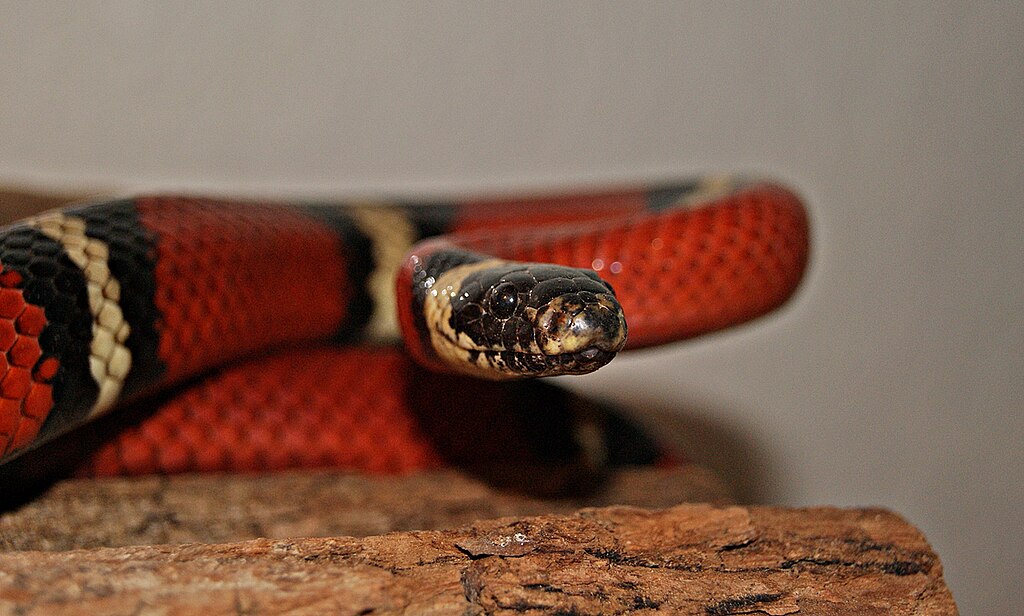
Tail vibration rarely occurs in isolation but rather as part of a complex defensive repertoire that non-venomous snakes employ when threatened. This behavior typically follows an escalating sequence that begins with freezing or fleeing, then proceeds to more active defenses if the threat persists. Many species combine tail vibration with body inflation, flattening of the neck or body, hissing, striking, and even release of musk from cloacal glands. The corn snake, for example, may simultaneously vibrate its tail, flatten its body, and hiss loudly, creating a multi-sensory defensive display. This combination of defensive tactics creates a more convincing illusion of danger and increases the likelihood that a predator will abandon its attack. Researchers have observed that experienced snakes often display more sophisticated combinations of these behaviors than younger individuals.
Effectiveness Against Different Predators
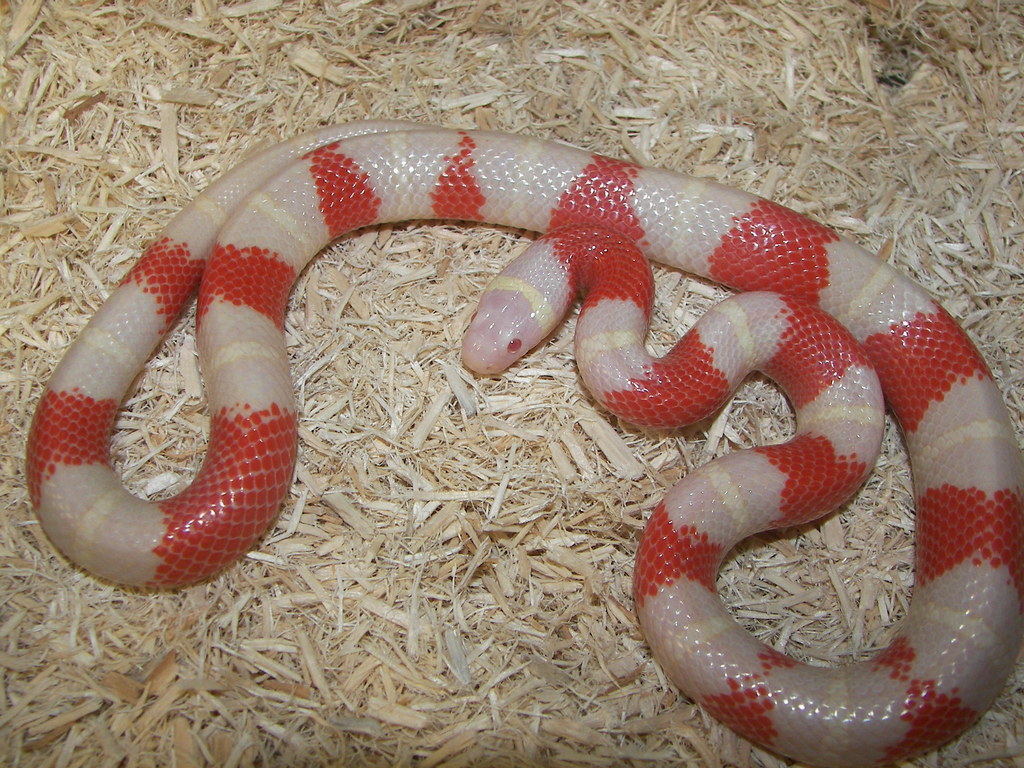
The effectiveness of tail vibration varies significantly depending on the predator encountering the snake. Mammalian predators with prior experience of rattlesnakes, such as coyotes, foxes, and badgers, typically respond cautiously to tail vibration displays. Birds of prey, particularly those that specialize in hunting snakes, appear less deterred by this behavior, possibly due to their aerial attack strategy that minimizes their exposure to potential strikes. Domestic animals like cats and dogs often show innate wariness toward vibrating tails, even without prior rattlesnake encounters. Human reactions to tail vibration tend to be strong, with most people instinctively backing away from what they perceive as a rattlesnake warning. Research using model predators has demonstrated that tail vibration can increase predator hesitation by 30-60%, providing critical seconds for potential escape.
Geographic Variation in Tail Vibration Behavior
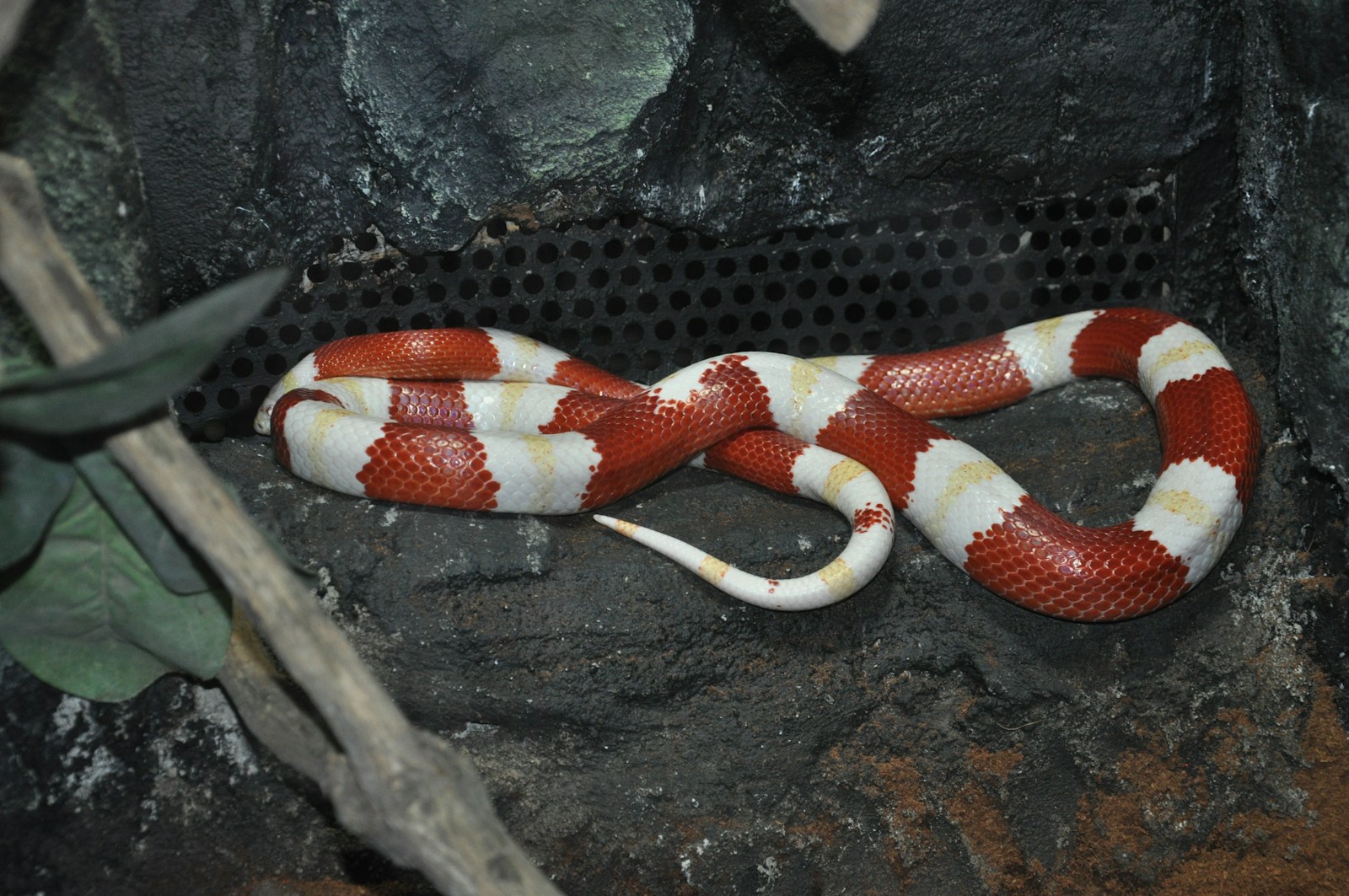
Fascinating geographic patterns emerge when studying tail vibration behavior across snake populations. Non-venomous snakes living in regions with high rattlesnake populations tend to display more frequent and convincing tail vibration behaviors than those in areas where rattlesnakes are absent. This pattern strongly supports the mimicry hypothesis as a driver of this adaptation. Studies of rat snakes across North America reveal that southern populations, which overlap extensively with rattlesnakes, exhibit more persistent and vigorous tail vibration than northern populations with less rattlesnake exposure. Island populations of normally tail-vibrating species often show reduced expression of this behavior when they’ve evolved in environments without venomous snake species to mimic. These geographic variations provide a natural experiment that helps scientists understand the evolutionary pressures shaping defensive behaviors.
Development of Tail Vibration in Young Snakes

The ontogeny of tail vibration behavior reveals interesting insights into whether this defense is innate or learned. Hatchling snakes of tail-vibrating species typically display the behavior from birth, suggesting it has a strong genetic component rather than being primarily learned through experience. However, studies have documented that the precision and effectiveness of tail vibration improves with age and experience, indicating a learning component overlaid on the innate behavior. Juvenile snakes often vibrate their tails more readily than adults, possibly because their smaller size makes them more vulnerable to predation. Captive-bred snakes raised in isolation from predators still display the behavior when threatened, further supporting the innate nature of this defensive adaptation. This combination of genetic programming and experiential refinement allows for both consistent expression and adaptive flexibility in the behavior.
Tail Vibration and Human-Snake Interactions

Tail vibration behavior significantly impacts human-snake encounters and often influences conservation outcomes. Many harmless snakes are killed by humans mistaking their defensive tail vibration for evidence they’re dealing with a venomous rattlesnake. This misidentification contributes to unnecessary snake deaths and reinforces negative attitudes toward these beneficial predators. Education about tail vibration as a bluffing behavior can help reduce these negative interactions. Wildlife rehabilitators report that snakes frequently employ tail vibration when handled during rescue operations, though many individuals cease the behavior after becoming accustomed to regular handling. For snake enthusiasts and field herpetologists, understanding that tail vibration doesn’t necessarily indicate a venomous species allows for safer and more informed field observations.
Research Techniques for Studying Tail Vibration
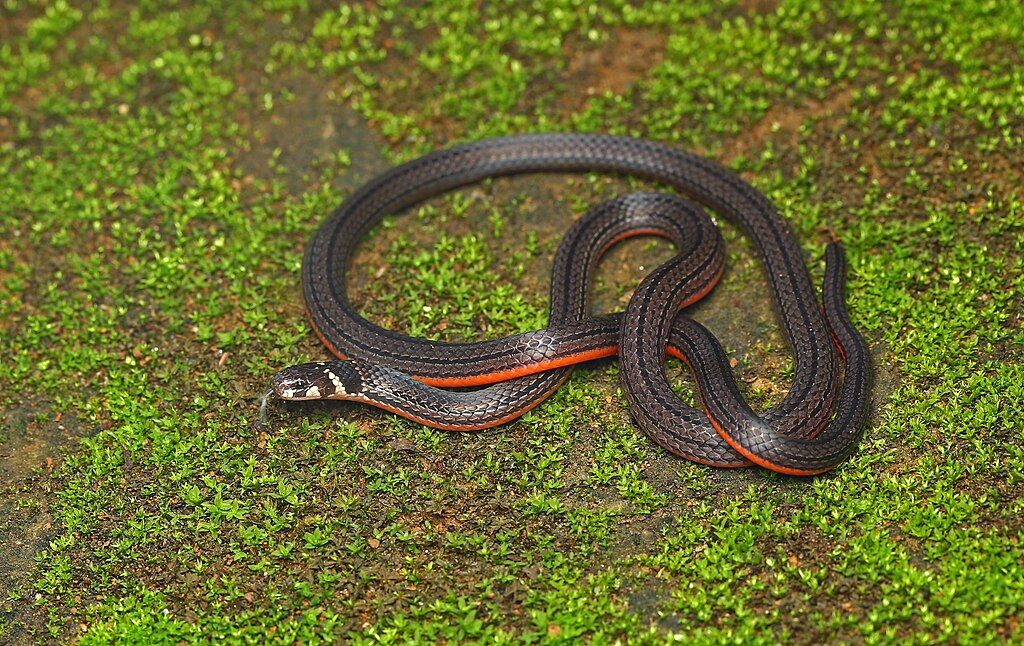
Scientists employ diverse methodologies to study tail vibration behavior in non-venomous snakes. High-speed videography allows researchers to precisely measure vibration frequencies, durations, and patterns across different species and contexts. Controlled laboratory studies using simulated predator encounters help determine which stimuli most reliably trigger the behavior and how it varies with environmental conditions. Field studies with natural predators provide ecological context but present greater challenges in data collection. Some researchers use accelerometers attached to snake tails to gather precise vibration data in both captive and field settings. Comparative analyses across related species help reconstruct the evolutionary history of this behavior, while molecular studies are beginning to identify the genetic underpinnings of tail vibration. These complementary approaches have significantly advanced our understanding of this fascinating defensive adaptation.
Conservation Implications of Tail Vibration Behavior
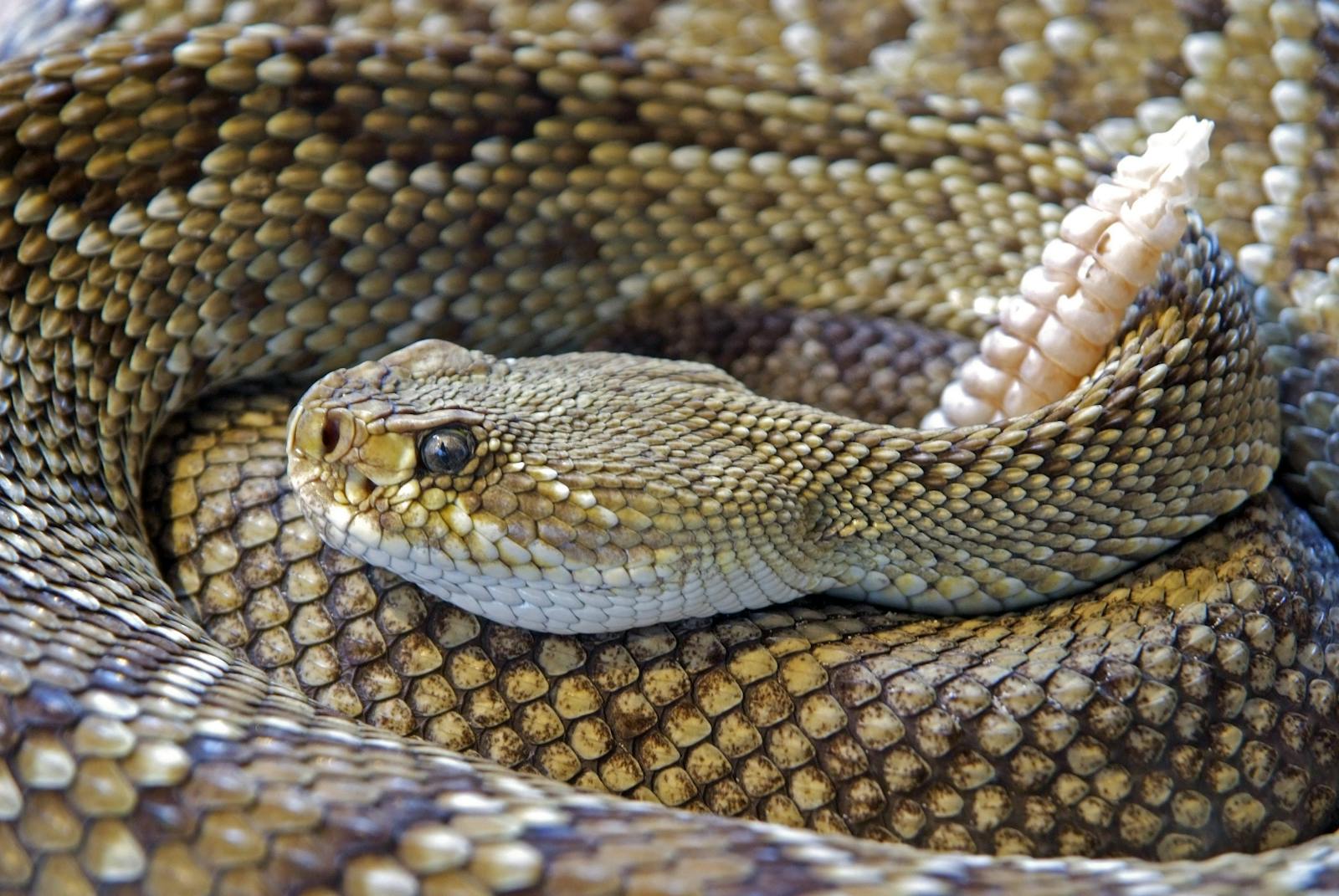
Understanding tail vibration behavior has important implications for snake conservation efforts worldwide. The mimicry relationship between harmless and venomous species creates complex conservation interdependencies—declining rattlesnake populations could potentially reduce the effectiveness of tail vibration as a defensive strategy for non-venomous species. Educational programs that teach people to recognize tail vibration as a bluffing behavior rather than a threat can reduce unnecessary killing of beneficial snake species. Conservation management plans increasingly incorporate knowledge of defensive behaviors like tail vibration when designing habitat corridors and protected areas. For species reintroduction programs, understanding the role of tail vibration in predator avoidance helps predict how captive-bred individuals might fare when released into environments with natural predators. By appreciating these nuanced behaviors, conservation efforts can better protect both venomous and non-venomous snake species.
Conclusion
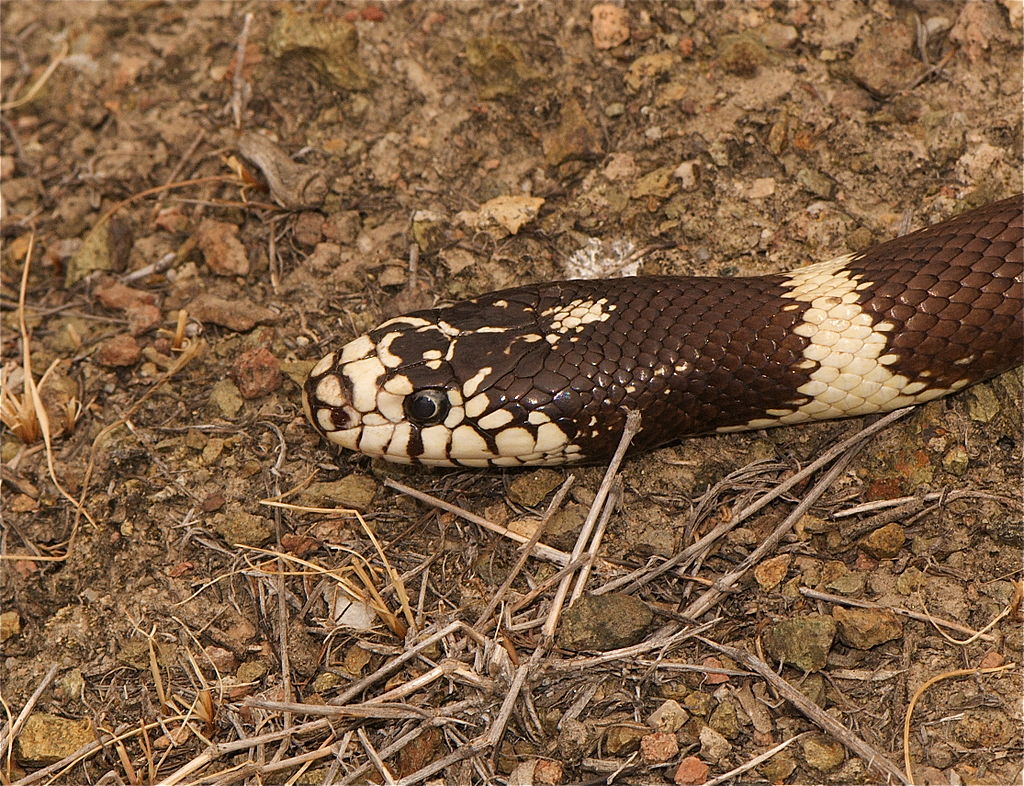
Tail vibration stands as one of nature’s most elegant examples of defensive mimicry, allowing non-venomous snakes to gain protection by simulating the warning signals of their venomous counterparts. This behavior represents far more than a simple reflex—it’s a sophisticated adaptation shaped by millions of years of evolutionary pressure. As scientists continue to study the nuances of this behavior across different species and environments, they uncover new insights into predator-prey relationships, evolutionary processes, and the remarkable adaptability of reptiles. For the snakes themselves, that rapid tail shake might mean the difference between life and death, turning a momentary deception into a crucial survival strategy.

